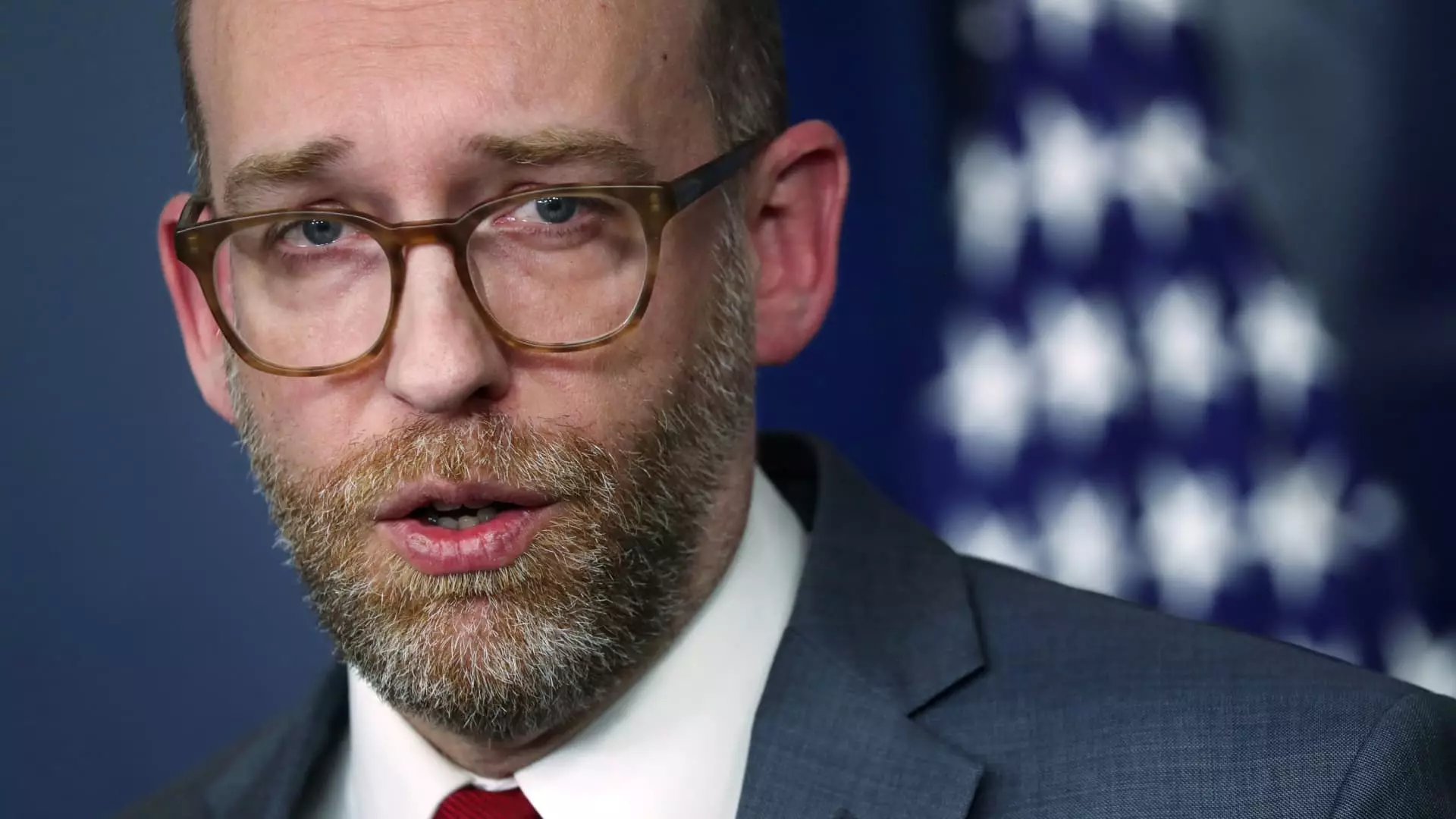In a startling move, the Consumer Financial Protection Bureau (CFPB) initiated mass terminations affecting a significant number of employees late Tuesday, primarily targeting those still in their probationary periods. This decision, which has raised eyebrows across the federal landscape, comes as part of a broader agenda orchestrated under the Trump administration, aimed at curbing the size of the federal workforce. The implications of this decision extend beyond mere staffing numbers; they pose existential questions about the agency’s mission and future.
The CFPB was originally established in response to the 2008 financial crisis, with the intent to protect consumers from unfair, deceptive, and abusive practices in the financial sector. However, under the current administration, there has been a concerted effort to undermine its effectiveness and possibly dismantle it altogether. The Office of Personnel Management’s request for lists of newly hired employees highlights a systematic approach to streamline the federal workforce by targeting those least secure in their positions. The agency, which previously boasted a workforce of around 1,700, now finds itself grappling with uncertainty as it faces aggressive cutbacks.
The atmosphere within the CFPB has been rife with anxiety since reports emerged about operatives linked to Elon Musk’s recently formed Department of Government Efficiency gaining access to the agency. Acting CFPB Director Russell Vought’s directive to halt all agency operations has left employees disillusioned and in limbo. The terminations are particularly alarming for those whose positions were designated to enhance the bureau’s enforcement capability, a focus prioritized by former director Rohit Chopra.
Johanna Hickman, a senior litigation counsel at CFPB, didn’t hold back in criticizing the manner of these dismissals. She characterized the mass firings as “unlawfully-executed” and viewed them as a tactical move aimed at dismantling not just the CFPB but potentially the federal workforce as a whole. Her determination to explore legal avenues signals a broader willingness among staff to contest what they perceive as unjust actions.
This wave of terminations not only jeopardizes the morale of remaining employees but also leaves the agency’s capacity to fulfill its mandate in question. With a focus on hiring enforcement lawyers in response to growing consumer protection needs, the sudden downsizing could regress progress made in recent years. Positions that were meant to bolster enforcement mechanisms, crafted through careful planning and investment, are now endangered, raising concerns about the agency’s efficacy moving forward.
The ambiguity surrounding the dismissal process has compounded the confusion. Reports indicate that dismissal letters contained vague placeholders instead of personalized information, suggesting a lack of care or consideration in executing these firings. Such communication mishaps reflect poorly on the agency’s leadership and contribute to a growing distrust among employees.
What remains unclear is the ultimate trajectory of the CFPB. As employees band together to address their grievances, the potential for a legal showdown could arise. This situation places the agency under a harsh spotlight, compelling it to reconcile its current practices with federal protocols designed to protect employee rights. The coming days and weeks will be critical as the CFPB navigates this tumultuous period, contending with both internal strife and external scrutiny.
Moreover, this incident may serve as a tipping point for broader discussions regarding the role of the CFPB in safeguarding consumer rights in the financial landscape. With the specter of further layoffs looming and a leadership intent on reshaping the agency’s future, the CFPB’s foundational principles of transparency and consumer advocacy are at a crossroads. The outcome of this conflict will not only determine the fate of the current staff but may also reshape the landscape of consumer financial protection for years to come.

